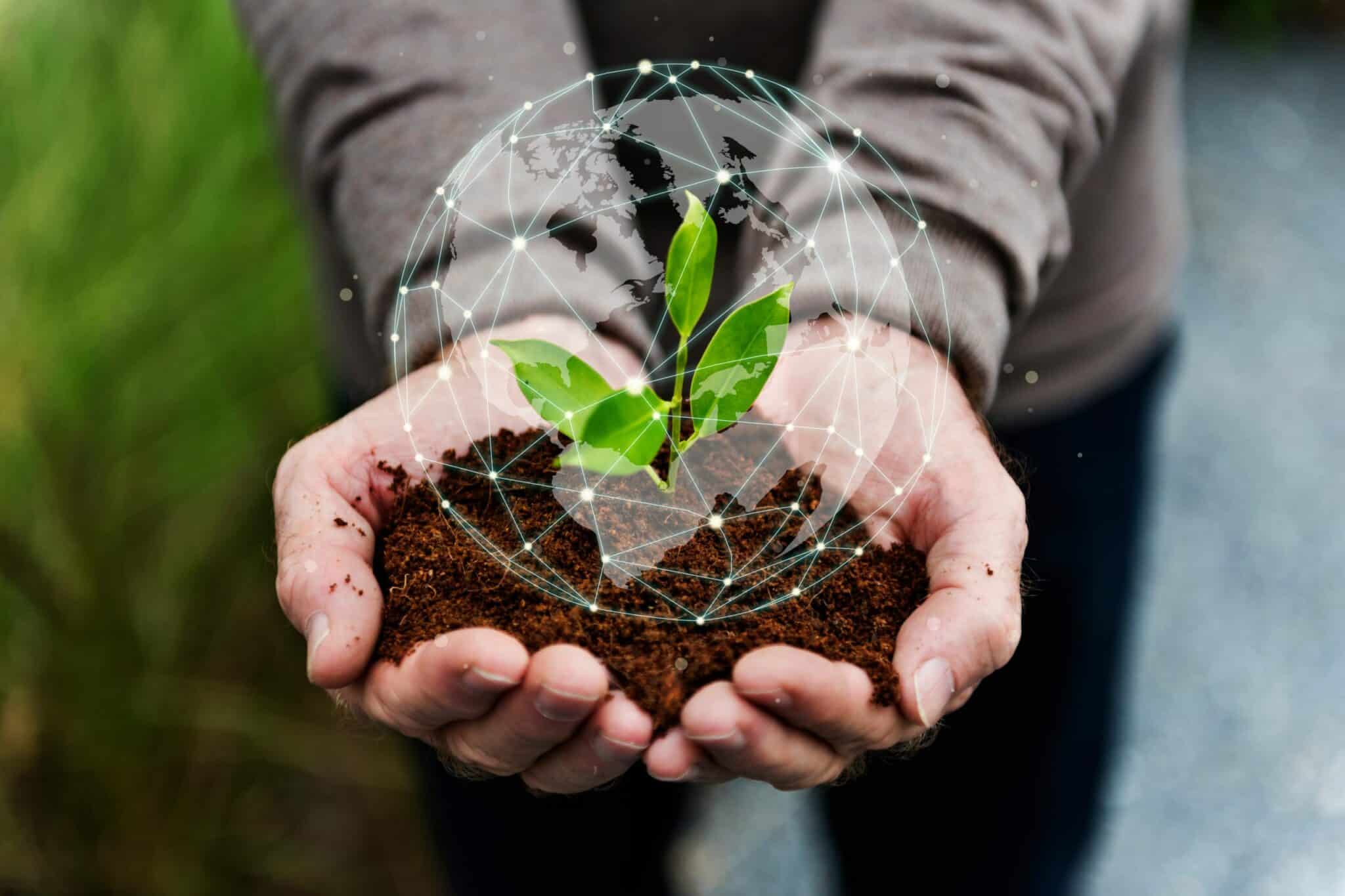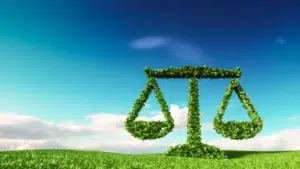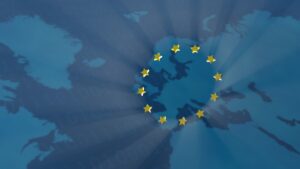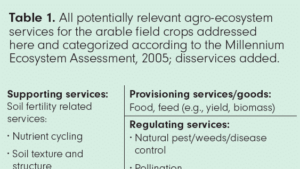The European Green Deal has set some ambitious goals on its road to sustainability. The climate and environmental challenges of today could be the opportunities of tomorrow. Opportunities for a cleaner earth, better jobs, and advancements in research are some of the key policies in the legislation, transforming the EU into a modern, resource efficient and competitive economy.
While a piece of climate legislation with the goal of boosting the economy after the COVID-19 pandemic doesn’t sound like a controversial subject, agriculture sectors across the globe have watched as the Green Deal, and more specifically the Farm-to-Fork article, develop.
There are three goals the European Commission has set out for the Green Deal. No net emissions of greenhouse gases, by 2050, economic growth decouples from resource use and no person and no place left behind. According to the Commission, this will create fresh air, clean water, healthy soil and bigger biodiversity in Europe, as well as healthy and affordable food options.
Specifically, the actions for agriculture mostly stem in the Farm-to-Fork portion of the Green Deal. The proposals are to make the EU’s climate, energy, transport and taxation policies fit for reducing net greenhouse gas emissions by at least 55% by 2030. Part of that includes reducing the use of pesticides on crops, fruits and vegetables by 50%. In addition, the Farm-to-Fork strategy wants to reduce nutrient losses by at least 50% while ensuring no deterioration in soil fertility, to eventually reduce use of fertilizers by 20% by 2030. Finally, Farm-to-Fork is targeting at least 25% of the EU’s agricultural land be designated under organic farming and increase in organic aquaculture by 2030.
A USDA Economic Research Services data notes that if the Green Deal with Farm-to-Fork strategies are adopted globally, the world would have 185 million more hungry people, with increased food prices and overall production decreases.
But, would that really be the reality of a global Green Deal? On the last Seed World Strategy Webinar, two experts, Petra Laux of Syngenta and Kent Nnadozie of the Food and Agriculture Organisation (FAO), joined to help answer the question.
Current Solutions, Current Problems
After the signing of the European Green Deal into action in December 2019, it’s easy to think that all the numbers and goals by 2030 could cause a complete overhaul in production in the EU. But, when it comes down to it, Laux says Syngenta was able to confirm some action courses they were already making headway on.
“Our approach and strategy actually weren’t affected by the Green Deal, but it did confirm what our purpose is,” Laux, head of business sustainability for Syngenta Crop Protection, says. “For us, business and sustainability go hand in hand — no business can be sustainable without a strong foundation and sustainability.”
That includes maintaining biodiversity in our crops and traits globally as well.
“There’s one aspect of the Green Deal that we like to touch on, and that’s the possible synergies between the Green Deal and International Biodiversity conventions and agreements,” says Nnadozie, secretary of the FAO’s International Treaty on Plant Genetic Resources for Food and Agriculture. “Measures in the strategy address the global biodiversity crisis by looking at an ambitious, global advantage of what already exists and functions well in terms of multilateral instruments and processes.”
That, in itself, he says is part of the importance of the Green Deal: maintaining and cultivating biodiversity, not only in the EU, but globally. Without biodiversity, there’s underplanted material for food production, food security and sustainable agriculture — something both FAO and the Green Deal are working on correcting.
“The Green Deal doesn’t look at biodiversity in isolation,” he says, “but it’s linked both to climate issues related to climate change, but also food security and sustainable agriculture.”
While the Green Deal allows companies and organizations to expand upon messages they were already focusing on, there are some unintended or unanticipated consequences recent studies have found from the Green Deal.
The USDA ERS, in their report evaluating a global Green Deal, found results that showed not only a fall in production, but also a decrease in agriculture growth.
“Under the scenario with the EU alone adopting the measures, EU agricultural production would fall 12%,” the report says. “The reductions in the EU would translate to a worldwide decrease in output by 1%. In the United States, production of certain commodities could increase but would be almost entirely offset by reduced production in other commodities, with less than 0.5% total agriculture growth. The same effect would occur in the middle scenario, in which U.S. agricultural production would generally remain flat. In the scenario of global adoption of the EU’s input-reducing strategies, worldwide food and agricultural production volumes could fall as much as 11%. The United States could witness a decrease in food and agricultural output of 9% under this scenario.”
The immediate problem Laux sees is due to the windows for the targets about the reduction of crop protection and fertilizer use.
“There are various impact assessments available that say we expect lower yields, higher food prices and fewer opportunities to export produce,” Laux says. “We certainly cannot trade good outcome intentions with such problematic consequences.”
Instead of trading targets of productivity for environmental goals, Laux says it’s becoming more and more imperative to look at the food system as a whole. That means looking at practical solutions taking to account reality in food production — for the EU, instead of complaining about the Green Deal, it’s time to look at how companies can use it.
“How can we use the Green Deal framework to accelerate innovation and bring sustainable solutions to farmers faster?” she asks. “It currently takes us up to 11 years for any crop protection substance to arrive on the market, and pests and diseases are not waiting.”
Innovation in both the germplasm and crop protection areas is going to be necessary to develop more efficient pathways to market for more sustainable and productive products.
Moving forward, it’s all about finding the perfect fit for the globe when it comes to climate-smart policies.
Make sure to rewatch the conversation at
Want to read more? Check out:
Lower Yields, Pest Infestations and More Hunger: Welcome to a Global Green Deal
A Global Download on New Breeding Technology Policies













